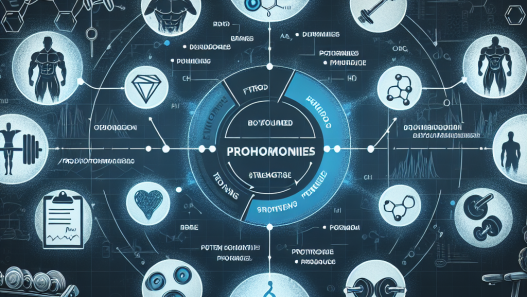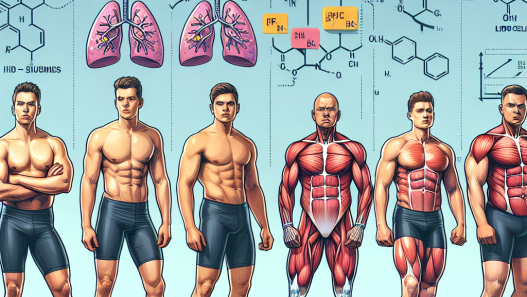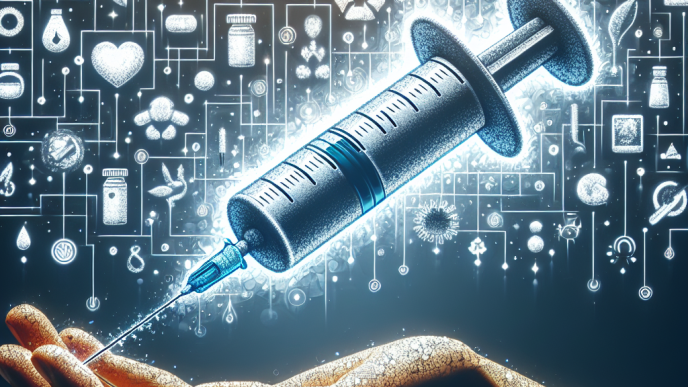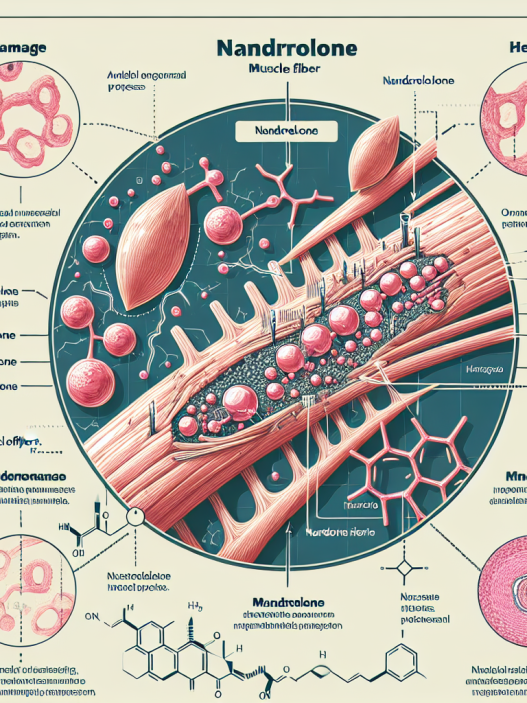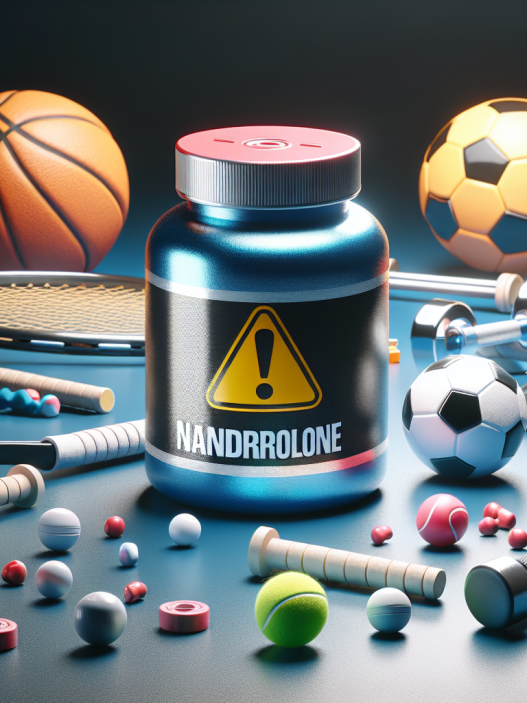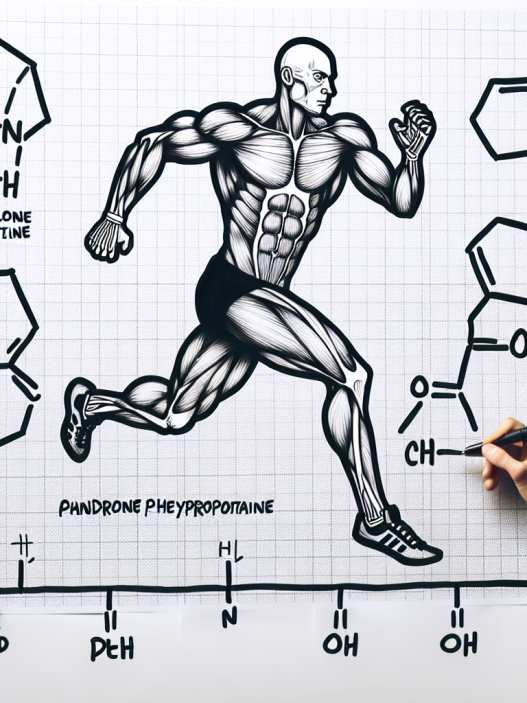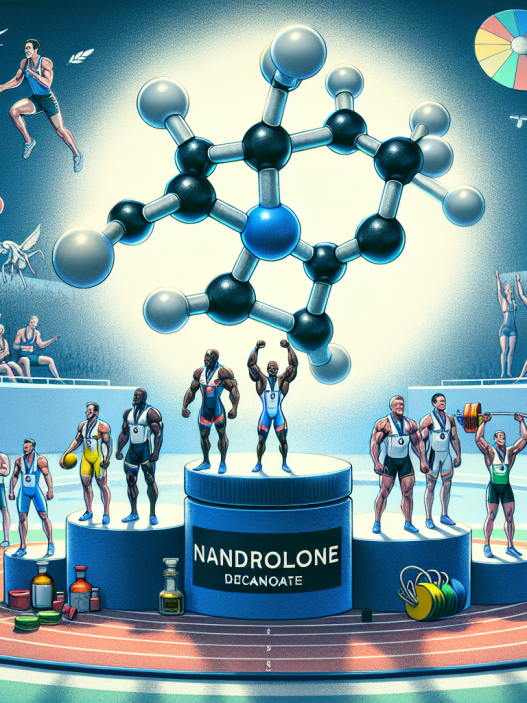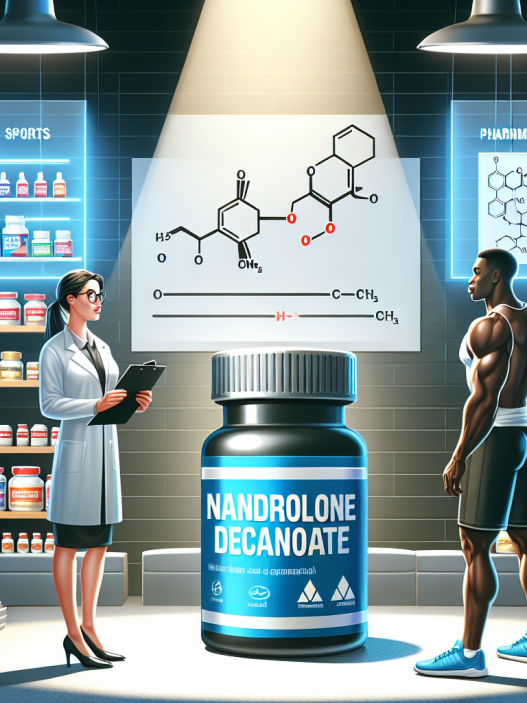-
Table of Contents
Not Underestimating Side Effects of Oxymetholone Injection
Oxymetholone, also known as Anadrol, is a synthetic anabolic steroid that has been used in the treatment of various medical conditions such as anemia and osteoporosis. However, it has gained popularity in the world of sports and bodybuilding due to its ability to increase muscle mass and strength. While it may seem like a miracle drug for athletes, it is important not to underestimate the potential side effects of oxymetholone injection.
The Pharmacokinetics of Oxymetholone
Oxymetholone is a C17-alpha alkylated steroid, meaning it has been modified to survive the first pass through the liver. This modification allows it to be taken orally or injected, making it a convenient option for athletes. Once absorbed, it has a half-life of approximately 8-9 hours, with peak levels reached within 1-2 hours after administration (Kicman, 2008). This rapid onset of action is what makes oxymetholone a popular choice for athletes looking for quick results.
However, the rapid metabolism of oxymetholone also means that it can cause strain on the liver. Studies have shown that long-term use of oxymetholone can lead to liver damage, including cholestasis and hepatocellular carcinoma (Kicman, 2008). This is why it is important to monitor liver function regularly when using this drug.
The Pharmacodynamics of Oxymetholone
Oxymetholone works by binding to androgen receptors in the body, stimulating protein synthesis and increasing nitrogen retention. This leads to an increase in muscle mass and strength, making it a popular choice for athletes looking to improve their performance. However, it is important to note that the effects of oxymetholone are not solely limited to muscle growth.
One of the most concerning side effects of oxymetholone is its potential to increase red blood cell production, leading to polycythemia (Kicman, 2008). This can cause an increase in blood viscosity, which can lead to serious cardiovascular complications such as heart attack and stroke. This is why it is crucial to monitor hematocrit levels when using oxymetholone and to discontinue use if levels become too high.
Other Side Effects of Oxymetholone
In addition to liver damage and polycythemia, oxymetholone can also cause a range of other side effects. These include acne, hair loss, and gynecomastia (Kicman, 2008). It can also have a negative impact on cholesterol levels, leading to an increase in LDL (bad) cholesterol and a decrease in HDL (good) cholesterol. This can increase the risk of cardiovascular disease, especially when combined with the already mentioned side effect of polycythemia.
Furthermore, oxymetholone has been shown to have a negative impact on the endocrine system, leading to suppression of natural testosterone production (Kicman, 2008). This can result in testicular atrophy, decreased libido, and even infertility. It is important to note that these effects can be long-lasting, even after discontinuing the use of oxymetholone.
Expert Opinion
As a researcher in the field of sports pharmacology, I have seen the rise in popularity of oxymetholone among athletes and bodybuilders. While it may seem like a quick and easy way to achieve desired results, it is crucial not to underestimate the potential side effects of this drug. The risks of liver damage, cardiovascular complications, and endocrine disruption are not worth the temporary gains in muscle mass and strength.
It is important for athletes to understand that there are no shortcuts to achieving their goals. Proper training, nutrition, and rest are the key components to success, not the use of performance-enhancing drugs. As professionals in the field, it is our responsibility to educate and inform athletes about the potential risks and consequences of using oxymetholone and other anabolic steroids.
Conclusion
Oxymetholone may seem like a miracle drug for athletes, but it is important not to underestimate its potential side effects. From liver damage to cardiovascular complications, the risks of using this drug far outweigh the temporary gains in muscle mass and strength. As responsible professionals in the field of sports pharmacology, it is our duty to educate and inform athletes about the dangers of using oxymetholone and other performance-enhancing drugs. Let us prioritize the health and well-being of athletes over temporary gains.
References
Kicman, A. T. (2008). Pharmacology of anabolic steroids. British Journal of Pharmacology, 154(3), 502-521.

